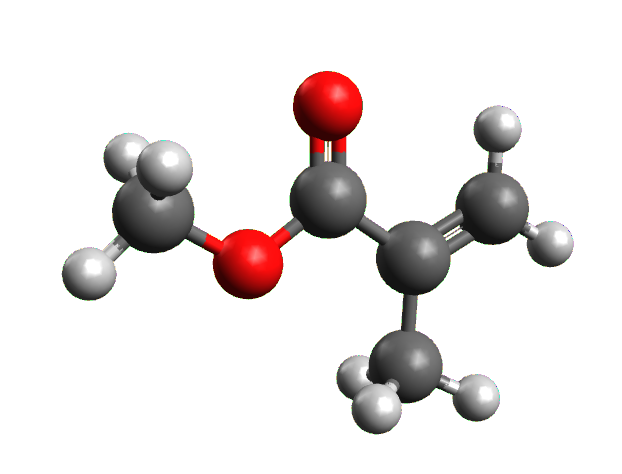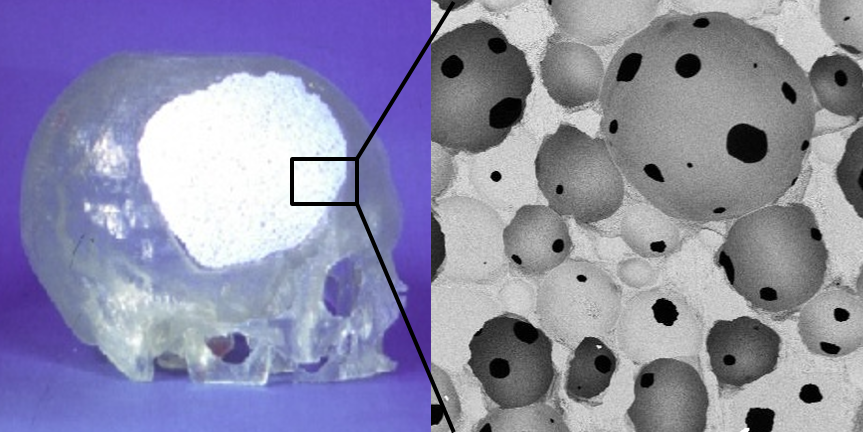Biomaterials have been officially defined as “materials designed to interface with biological systems in order to evaluate, support, or replace any tissue, organ, or function in the body.” In other words, a biomaterial is a substance that is used to create biomedical devices and implants that perform certain functions in the body.
Thanks to technological and scientific developments in the field, we are now in the third generation of biomaterials. The first generation consists of bioinert materials, which are compounds that adapt to tissues without releasing toxic substances; the second generation, on the other hand, includes bioactive biomaterials, which are molecules that chemically interact with tissues by reabsorbing in a controlled manner and that the host tissue then replaces. Finally, the third generation consists of biomaterials that support and stimulate tissue regrowth followed by degradation by the body.
Pioneering biomaterial of the first generation, the polymer generation, is plexiglass, whose chemical name is polymethyl methacrylate, a plastic material formed from polymers of the methyl ester of methacrylic acid. The first to use it as a biomaterial was, in 1949, the British ophthalmologist Harold Ridley, who employed it as an intraocular lens.

During World War II, Plexiglass, then called Perspex, was the material from which military aircraft domes were made. In the hospital where he was working, Ridley had the opportunity to observe an airman injured by Perspex shrapnel in his eyes, which, however, seemed to tolerate that material well, showing no tissue inflammation. From that time, Plexiglass was used in cataract treatment operations.
After a few decades, American scientist Larry Hench, an expert in ceramic materials, started the second generation of biomaterials with the so-called Bioglass. The large number of soldiers maimed of limbs in the Vietnam War led him to study bones. Discovering that bones are made up of two-thirds of a calcium and phosphorus mineral, hydroxyapatite, he developed Bioglass, a key material for biodevices intended for bone regeneration because the calcium phosphates in hydroxyapatite exhibit excellent compatibility with bone and are remodeled by the body when used in cases of bone defects.

Another second-generation biomaterial that is very compatible with bone is titanium, which revolutionized the use of materials in both orthopedics and dentistry thanks to studies conducted in 1952 by Swedish researcher Per-Ingvar Bränemark, which led to the first titanium-based dental implants in 1965. The peculiarity of titanium is that it promotes bone growth by being directly in contact with the metal, which, to prevent corrosion, is coated with a thin layer of oxide. The metal adheres and cements to the bone and without producing inflammation.
Finally, the third generation of biomaterials, those of biological origin, that is, materials that no longer have only a restorative function but can replace and regenerate tissue. One example is hyaluronic acid, now the focus of tissue engineering research. Hyaluronic acid chemically is glycosaminoglycan and is a major component of connective tissues in mammals, including humans, as it gives skin strength and shape maintenance. It is an efficient lubricant of synovial fluid and in fact is also used to prevent damage to tissue cells due to physical stress.
But of course, scientific research even in the field of biomaterials does not stop: Eyes that can perceive infrared and ears that can hear those frequencies not perceptible to humans are already being studied in the United States.
ACTIVITY: Biomaterials are also classified according to their interaction with tissue. Create a short PowerPoint presentation explaining the meaning of the terms biotoxic, bioinert, bioactive, biodegradable, referring to biomaterials.
